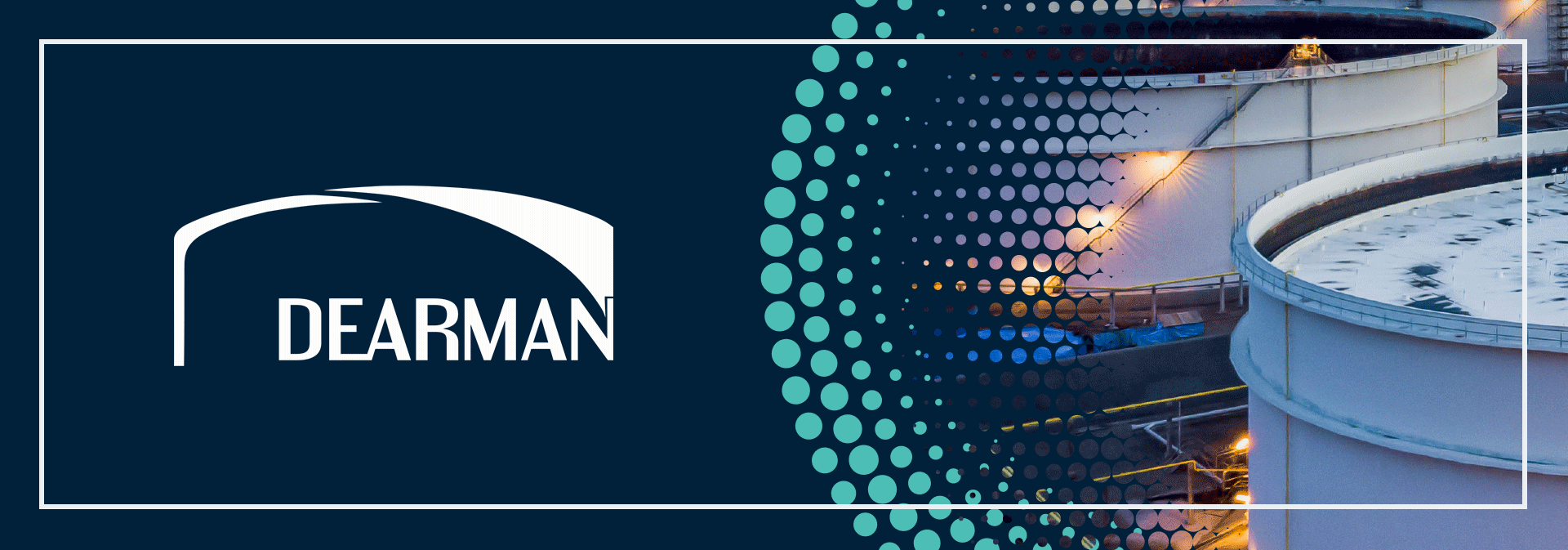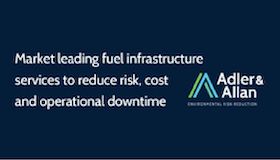Last year, BP Plc called on Texas regulators to take bold action to stamp out the routine flaring of natural gas.
But in January 2021, 121 of its flaring requests were up for consideration. The agency postponed a decision until its next meeting, and its newest member slammed the burning of excess gas as “a waste of our precious resources.”

“I am amenable to allowing fair time for flaring to occur in certain circumstances, but limits must be set,” said Jim Wright, who joined the three-member commission this month.
The commission had sought to head off criticism that it’s too lenient over flaring guidelines when it adopted new rules in November 2020 that require more detailed disclosures when oil companies seek a permit. Yet that didn’t go far enough to temper criticism over the agency’s traditional hands-off approach.
Oil producers are allowed to flare natural gas in the first 10 days a well is drilled, but anything beyond that requires a permit from the Railroad Commission. The 121 permits BP is seeking for its shale assets would see them through to April 2022 if granted.
The regulator routinely receives requests for flaring, which they almost always approve. But BP’s ask is notable for just how many sites it includes, and for how long the company wants permission to flare, said Kelly Mitchell, an oil and gas analyst at Documented, a transparency advocacy group.
BP said it’s already lowered the rate of flaring on assets the company acquired through its purchase of BHP Billiton’s shale business. The company said it’s “committed to zero routine flaring and will continue to work with the commission on this critical issue.’’
For more information visit www.bp.com













